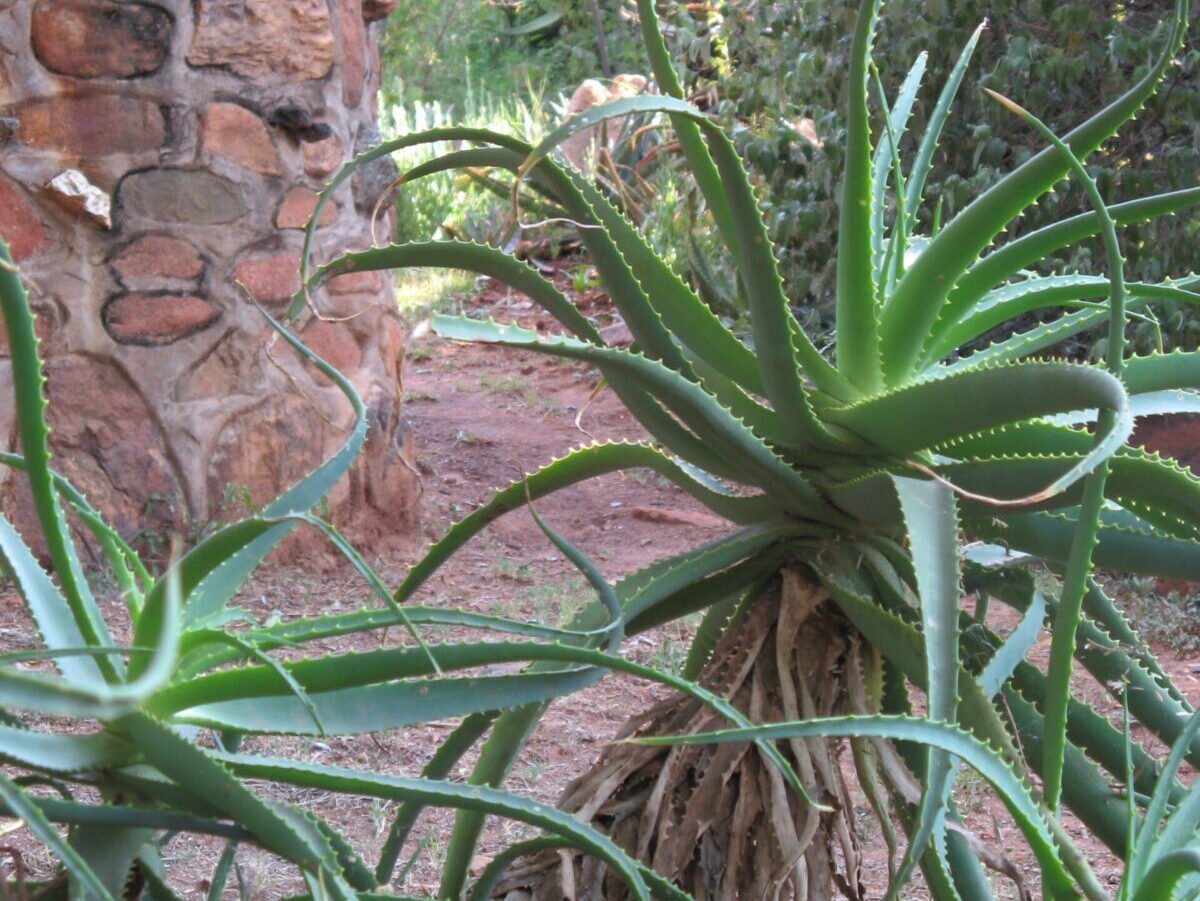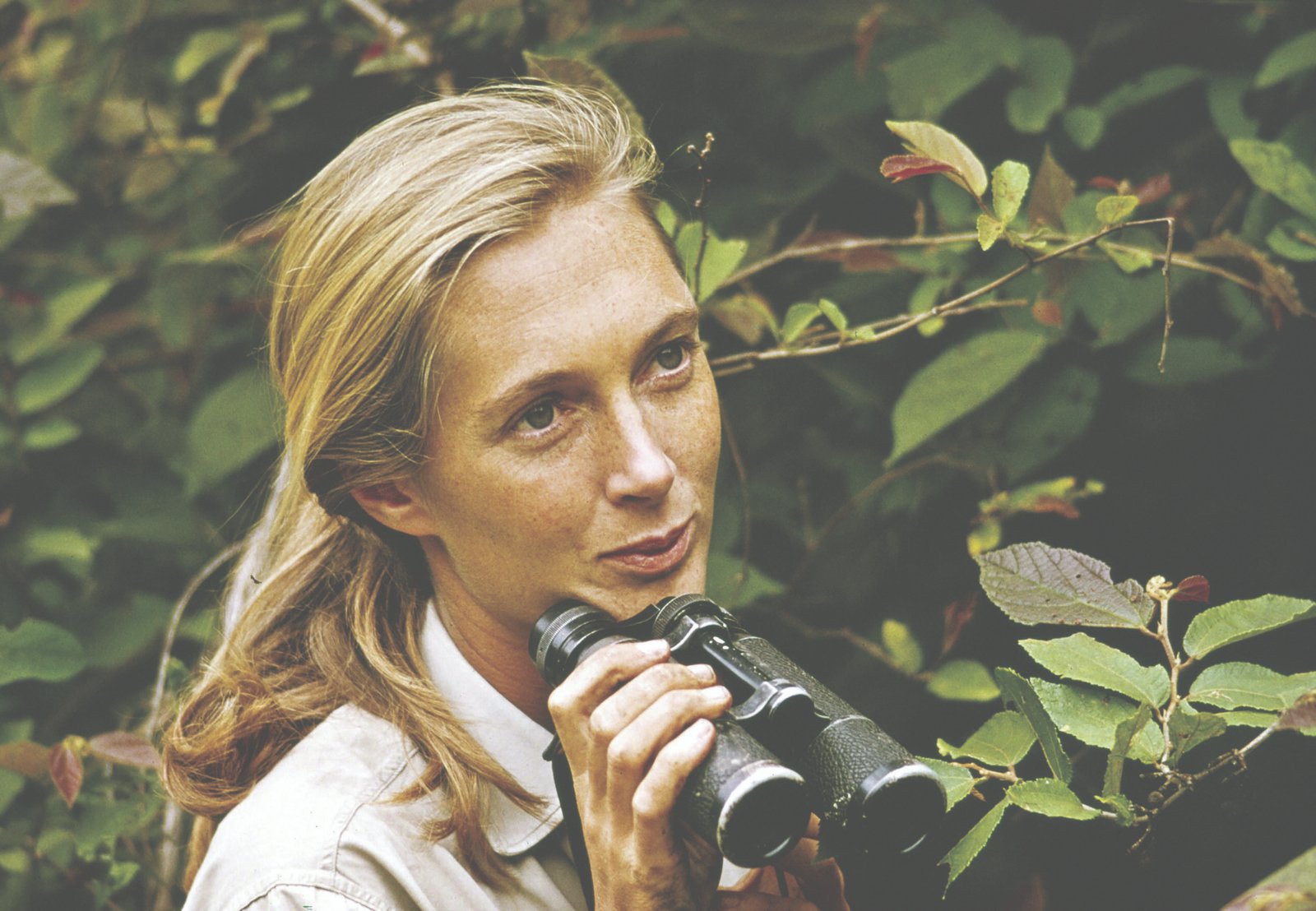Stellar Shots Steal the Spotlight: The winners of the 2025 ZWO Astronomy Photographer of the Year exhibition were announced on 11 September.
Run by the Royal Observatory Greenwich and supported by astronomy camera makers ZWO, in association with the BBC Sky at Night Magazine, the contest is the biggest of its kind. Open to everyone, this year’s event attracted more than 5,800 entries across multiple categories from astrophotographers around the globe.
A panel of expert judges from the fields of art and astronomy came together to select the winners. It’s the combination of artistic vision and scientific and technical skill that makes this collection of images so awe-inspiring.
From galaxies and auroras to comets and star clusters, the selection of winning images below offers a glimpse into the mysteries of the cosmos. Scroll down for some spectacular stargazing.
The winners and some of the shortlisted images are on display in lightbox installations at the National Maritime Museum in London from Friday, 12 September.
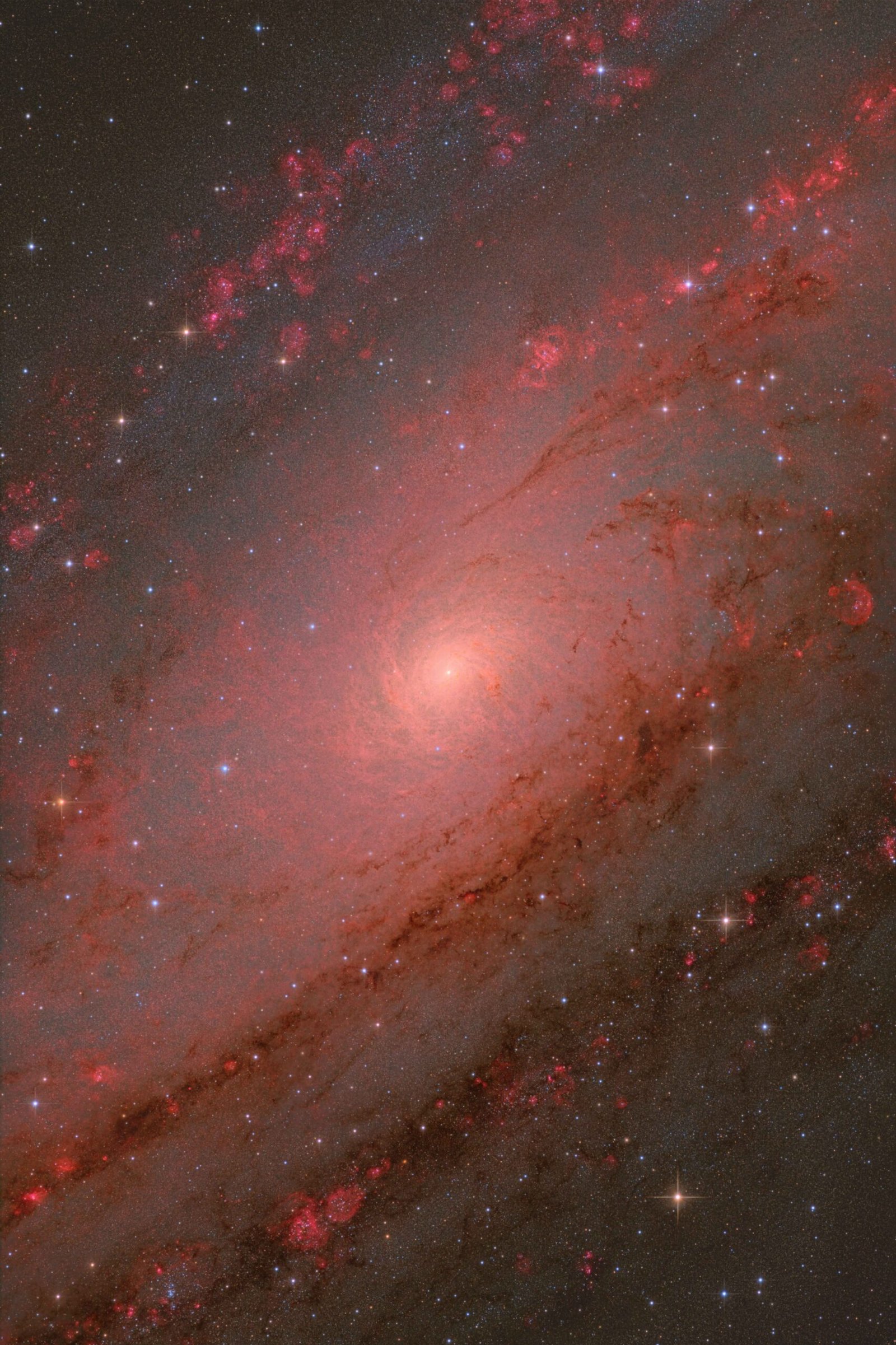
Galaxy category and overall winner
Winning both the Galaxy category and the competition overall, The Andromeda Core was captured by Weitang Liang, Qi Yang and Chuhong Yu, a trio of astrophotographers from China. Their image, taken under the clear skies of the AstroCamp Observatory in Nerpio, Spain, over several nights between 31 July and 1 September 2024, using a long focal-length telescope, earned them the grand prize of £10,000. The picture shows Andromeda’s glowing core in exceptional detail.
“Not to show it all − this is one of the greatest virtues of this photo,” said Competition judge László Francsics. ”The Andromeda Galaxy has been photographed in so many different ways and so many times with telescopes that it is hard to imagine a new photo would ever add to what we’ve already seen. But this does just that, an unusual dynamic composition with unprecedented detail that doesn’t obscure the overall scene.”
Andromeda is our nearest large galactic neighbour, located about 2.5 million light-years away. Like the Milky Way, it’s a barred spiral galaxy. Its sweeping spiral arms of dust, gas, and stars extend outward from a dense, bar-shaped core of brilliant giant stars. Capturing it isn’t easy—the core of a galaxy is often intensely bright, making it difficult to reveal the fine detail that Liang, Yang, and Yu have showcased with such clarity.
After discovering they’d taken the top spot, Liang said, “The excitement was beyond words! We are truly grateful to the ZWO Astronomy Photography of the Year competition. It brings us great joy to share the beauty of the Universe with everyone.”
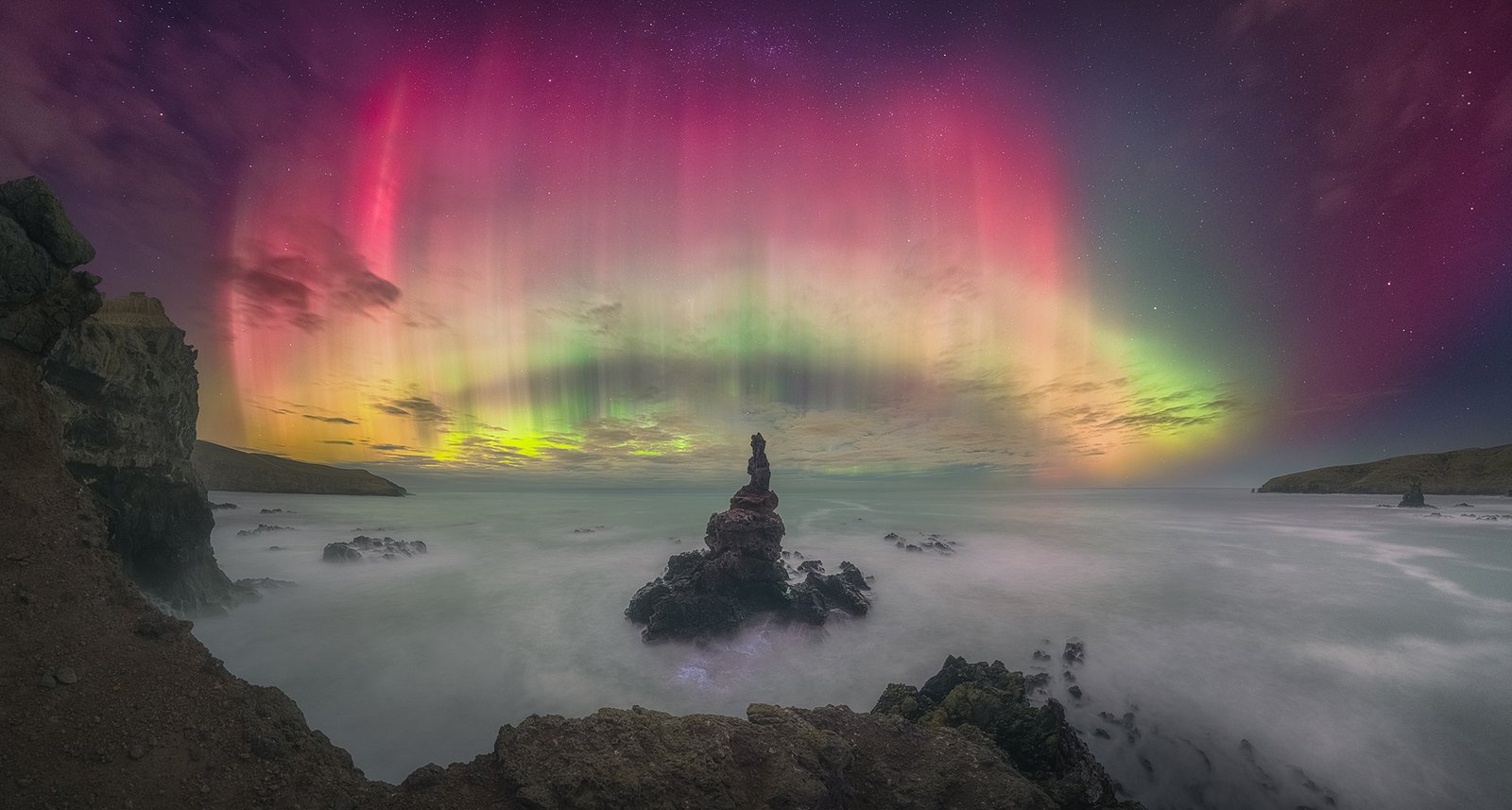
Aurorae category
Crown of Light, winner of the Aurorae category, was taken by Kavan Chay in Tumbledown Bay, New Zealand, during the G5 geomagnetic storm on 10 May 2024. G5 is the most extreme classification of geomagnetic storm, and the event that occurred between 10–13 May 2024 was the most powerful to hit Earth in around two decades.

Skyscapes category
The winner of the Skyscapes category was The Ridge by Tom Rae. The largest panorama the photographer has ever created, the full resolution image is composed of over a billion pixels, stitching together from 62 separate photographs. Taken on 8 April 2024, it shows the Milky Way arching over meandering glacial rivers in Aoraki/Mount Cook National Park, New Zealand.

People & Space category
ISS Lunar Flyby by Tom Williams won the People & Space category. Captured in Wiltshire, England, on 27 October 2024, the image shows the International Space Station passing closely by the moon.
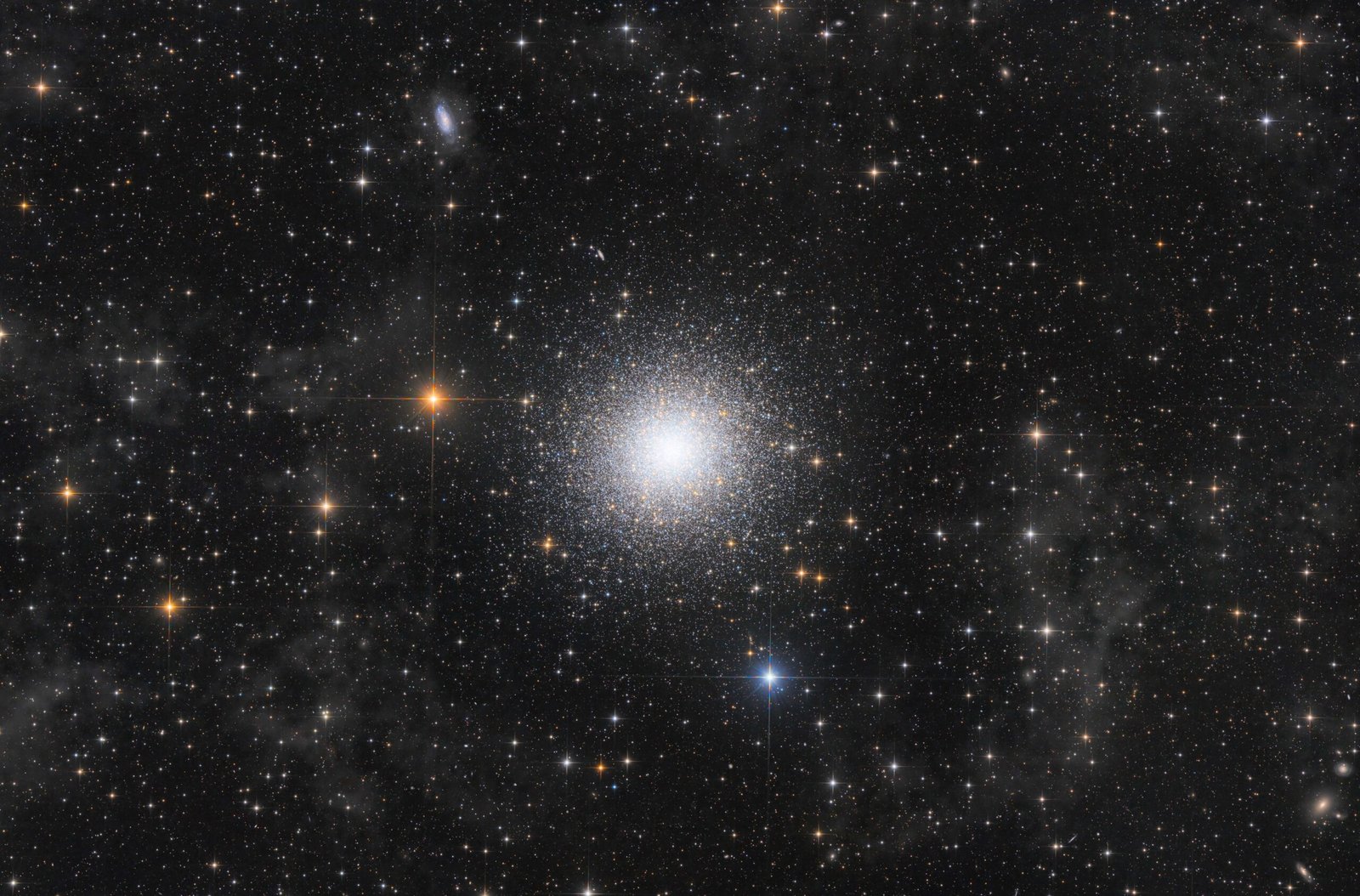
Stars & Nebulae category
The winner of the Stars & Nebulae category was M13: An Ultra-Deep Exposure of the Popular Cluster, by a team from Germany called Distant Luminosity.
M13 — also known as the Great Hercules Cluster — is a glowing concentration of hundreds of thousands of stars located in the constellation Hercules, about 22,200 light-years from Earth.
Discovered by Edmond Halley in 1714, it’s one of the most prominent globular clusters in the northern sky. Globular clusters like this one are tightly packed, nearly spherical groups of ancient stars that orbit the outskirts of their host galaxy. 1
A globular cluster is a densely packed, spherical collection of stars, and M13—also known as the Great Hercules Cluster—is among the most spectacular in the northern sky. Located in the constellation Hercules, it’s approximately 22,200 light-years away from Earth.2
M13 is visible to the naked eye under dark skies and is easily spotted with binoculars or a small telescope. This particular image was captured in Asturias, Spain, on 25 September 2024. The team of four collected a huge amount of data to create one of the clearest images of M13 to date.
The longer you look, the more detail emerges. Give yourself a moment and let the subtle colours and distant galaxies come into view.
Planets, Comets & Asteroids category
Dan Bartlett’s Comet 12P-Pons-Brooks Taking a Final Bow took top honours in the Planets, Comets & Asteroids category and is also the featured image for this article. Taken in California on 31 March 2024, the comet was reacting to intense solar winds, which stirred up its tail. The wafting shape of the tail creates a sense of movement, while the blue hues contrast with the golden glow of a nearby star.
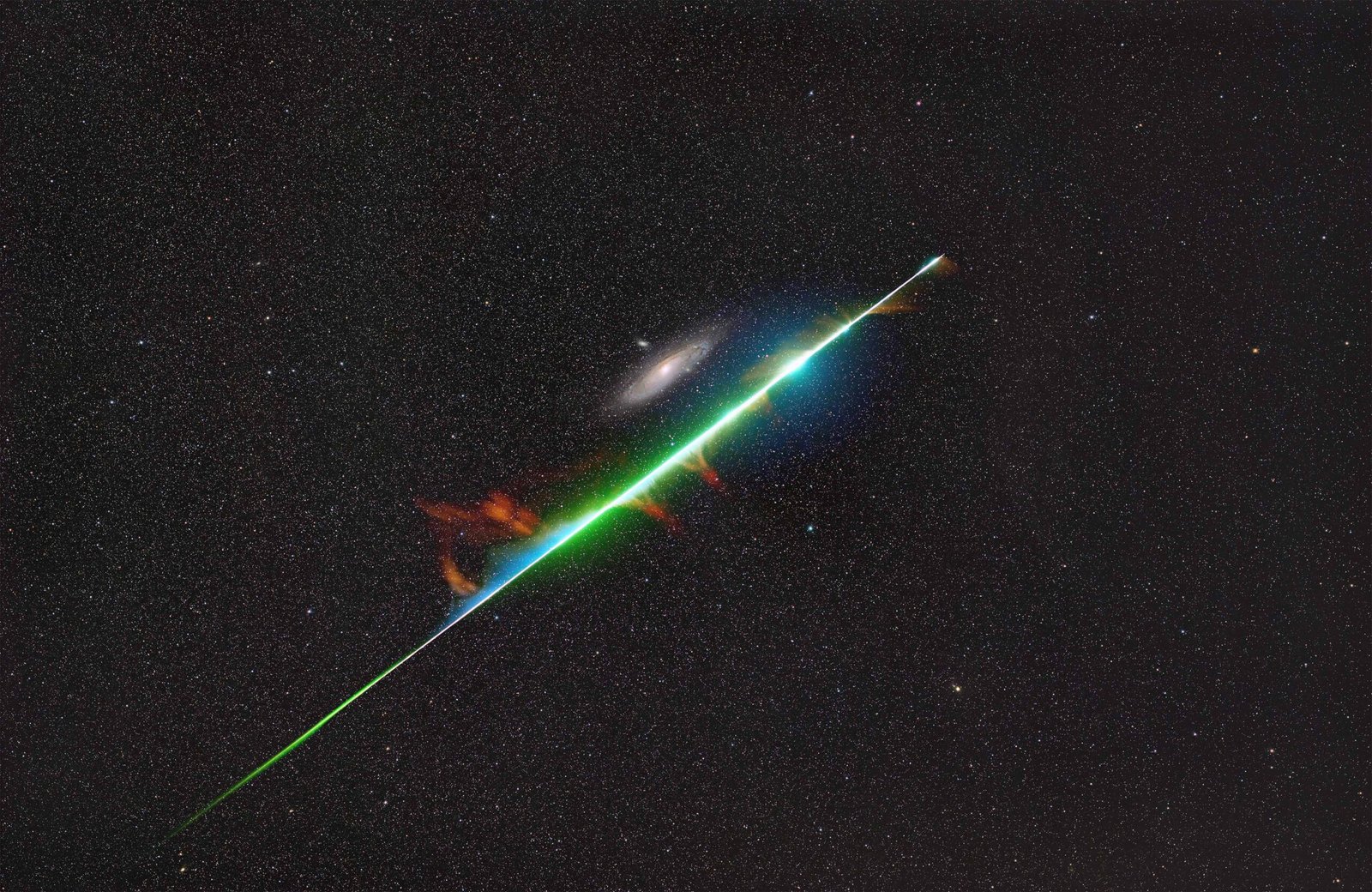
The Sir Patrick Moore Prize for Best Newcomer
The Sir Patrick Moore Prize for Best Newcomer celebrates those who’ve taken up astrophotography in the past year and are entering the competition for the first time. Judges especially value entries from photographers using simple, budget-friendly gear.
This year’s winning entry, ”Encounter Across Light Years” by Yurui Gong and Xizhen Ruan, was captured in Zhucheng City, China on 12 August 2024. The duo had set up their equipment to photograph a close-up of the Andromeda Galaxy (M31), and by chance captured a fireball from the Perseid meteor shower streaking across the frame.

ZWO Young Astronomy Photographer of the Year category
The ZWO Young Astronomy Photographer of the Year category is open to astrophotography talent under the age of 16. It was won by 15-year-old Daniele Borsari, who captured the image Orion, the Horsehead and the Flame in H-alpha in Bergamo, Italy, over 11, 14, and 15 January and 6 February 2025. It features three nebulae—the Flame, Horsehead and Orion.
“It never ceases to amaze me how the quality of images in the Young category can rival those in the overall competition – and few demonstrate that more clearly than this one,” said competition judge Greg Brown. ”Choosing black and white over bright colours and focusing purely on the shapes and contours of the nebulae is a bold decision that has paid off. The Orion, Horsehead and Flame nebulae have rarely looked so dynamic and it’s easy to imagine these vast gas clouds roiling and billowing through space.”
Know any aspiring young shutterbugs who love space and starlight? If you spot that spark, give them a nudge to enter next year’s competition.
For each of the eight adult categories — as well as the Young Photographer category — judges selected not only a winner, but also a runner-up and a highly commended entry.
Explore the full list of winning and shortlisted entries on the Royal Museums Greenwich website.



